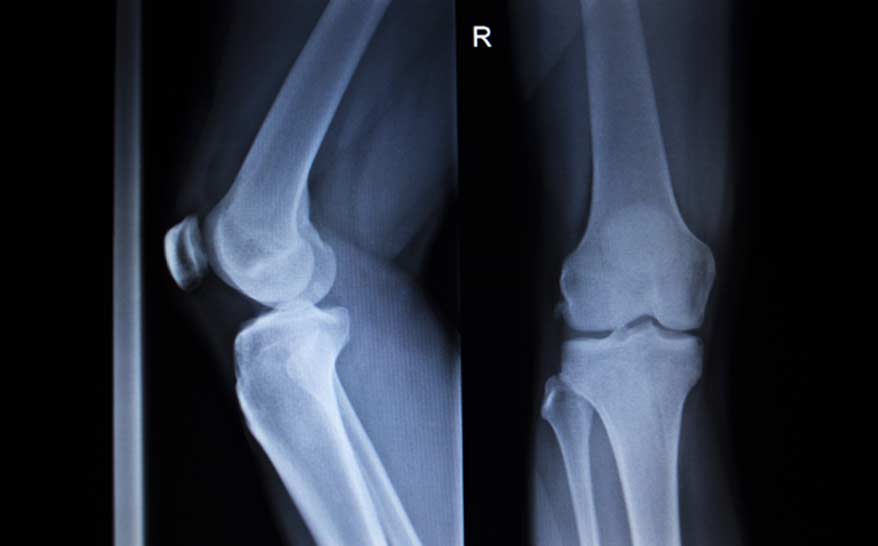

If you've been injured while playing sports or are suffering from a substantial amount of pain in or around the knee, it's possible that you will require knee surgery to correct the issue and provide you with the proper pain relief.
The main type of orthopedic knee surgery that’s available for the treatment of numerous conditions is an arthroscopic knee surgery, which is somewhat less invasive than many other surgeries. When you’re thinking about receiving treatment for your knee injury, you should heavily consider a knee arthroscopy.
CONTACT US TODAY
Primary Type of Knee Surgery
The main type of surgery that’s used for the treatment of different knee injuries is a knee arthroscopy, which is a type of procedure that’s designed to diagnose and treat various issues within the knee joint. Small tools are used throughout the surgery to ensure that only small incisions will need to be made. The use of an arthroscope allows the surgeon to see inside the joint before the actual surgery begins, which ensures that the problem has been properly diagnosed. The recovery time that you can expect with a knee arthroscopy typically depends on how severe your injury is.


When to Consider Knee Arthroscopy
If you’re experiencing a large amount of pain and discomfort in your knee that’s not going away, your doctor may recommend that you obtain a knee arthroscopy procedure. This procedure can sometimes be recommended for the diagnosis of knee pain as well as treatment. There are an array of injuries that a knee arthroscopy can be used to treat, which include fractures in the bones of your knee, a patella that’s not in the right position, a torn meniscus, and torn ligaments. Since this type of surgery doesn’t come with many adverse side effects, you should consider it if you want to get rid of the pain that you’re experiencing.
Potential Risks of This Procedure
As with all kinds of surgeries, there are some risks that you should be aware of before scheduling a knee arthroscopy. However, these risks are rare. The more general risks that can occur with any surgery include an infection at the surgical site, excessive amounts of bleeding while the procedure is ongoing, and an allergic reaction to the dose of anesthesia. Some risks that are more specific to this procedure include an infection within the joint, further damage to various components in the knee, and the development of a blood clot within your leg. If any of these complications occur, make sure to see your doctor immediately.
Knee Arthroscopy Process
If you’ve scheduled this procedure, it will begin with the administration of a local or general anesthesia. While it’s possible for local anesthesia to be used, general anesthesia is more common since it puts you to sleep while the procedure is ongoing. The surgeon will first make several small incisions around your knee. The arthroscope tool contains a tiny camera and is sent into the knee to get a better look at the affected area. Once the images have been sent to the computer, the surgeon will use some small tools to correct the injury. The incisions are typically closed with stitches.




